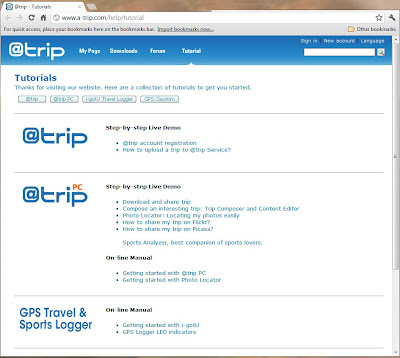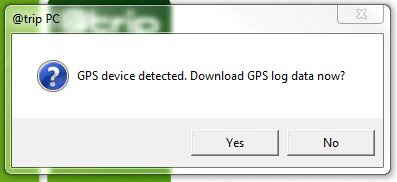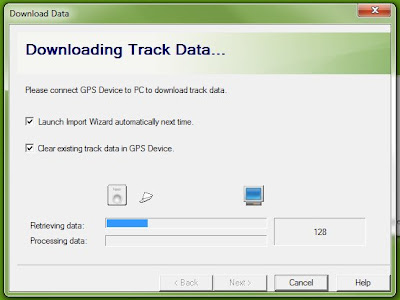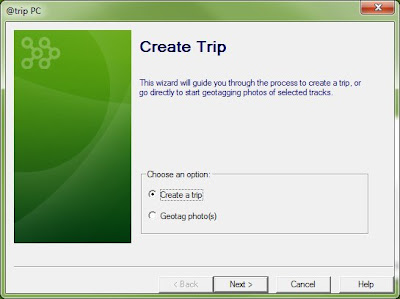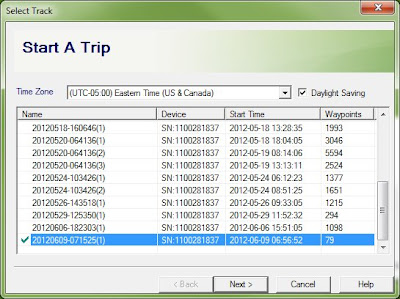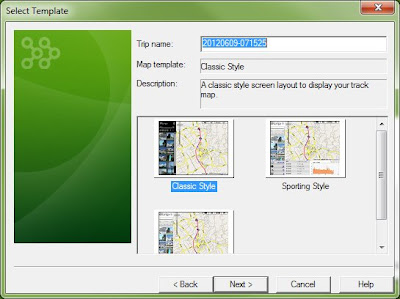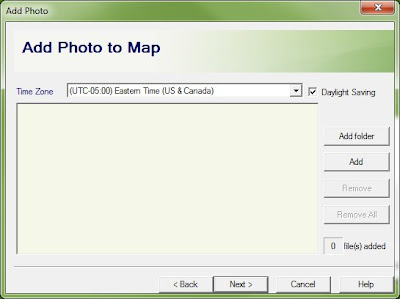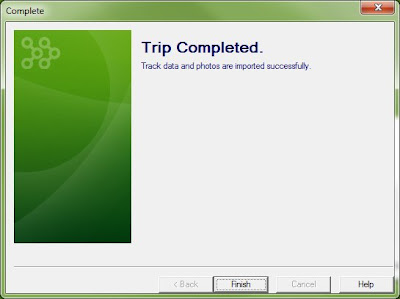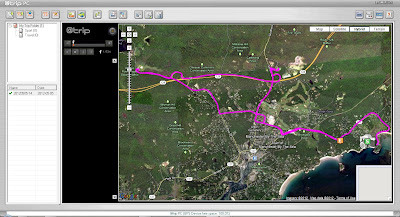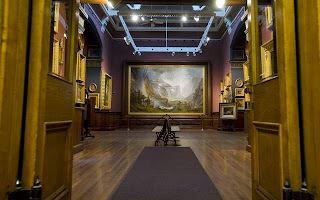
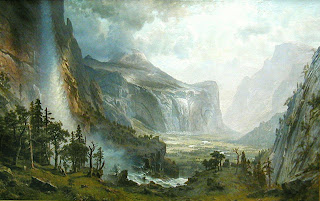
(click on the image to link to a BIG PICTURE!)
Which led me to Albert Bierstadt: Painter of the American West by Gordon Hendricks - a wonderful book with a section in the back listing the locations/collections of Bierstadt's paintings ("Check List of Paintings by Bierstadt"). As a GIS-guy/visual learner, I wanted to see these on Google Maps, so I made this:
click here for wheresbierstadt map
I list 133 Albert Bierstadt paintings in 90 locations - each map icon is on the exact location of the museum. The info window lists information regarding the significant pieces, hyperlinks to larger images and hyperlinks to each institution's web page.
The zoom is set to display all the museums in the database in the continental USA:

For this example, zoom-in on the High Museum of Art in Atlanta, GA, and click on the placemarker to get the info window:

The image hyperlinks to a large hi-res picture:

The picture title hyperlinks to the picture's information page:

The museum name hyperlinks to the museum's home page:

And, once you start zooming in
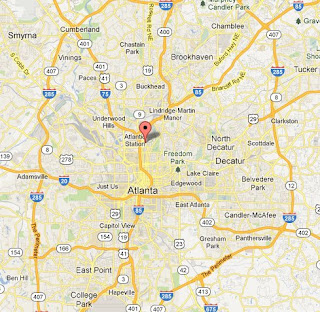
you will see that the placemarker is positioned at the museum's location:
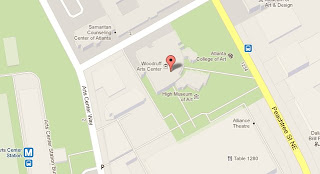
One of our daughters is in New Haven, and I am very excited to see where the Bierstadt paintings are between the North Shore and New Haven!
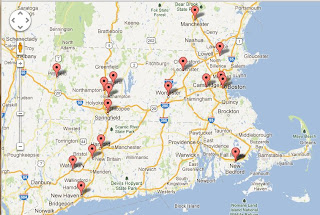
If you enjoy this, please check out the maps I made for Thomas Moran, Thomas Hill, and William Stanley Haseltine!
And stay tuned for more artists maps!
DISCLAIMER: Since "collections rotate" and "paintings are loaned out", please call ahead to confirm the art is actually on display!





















